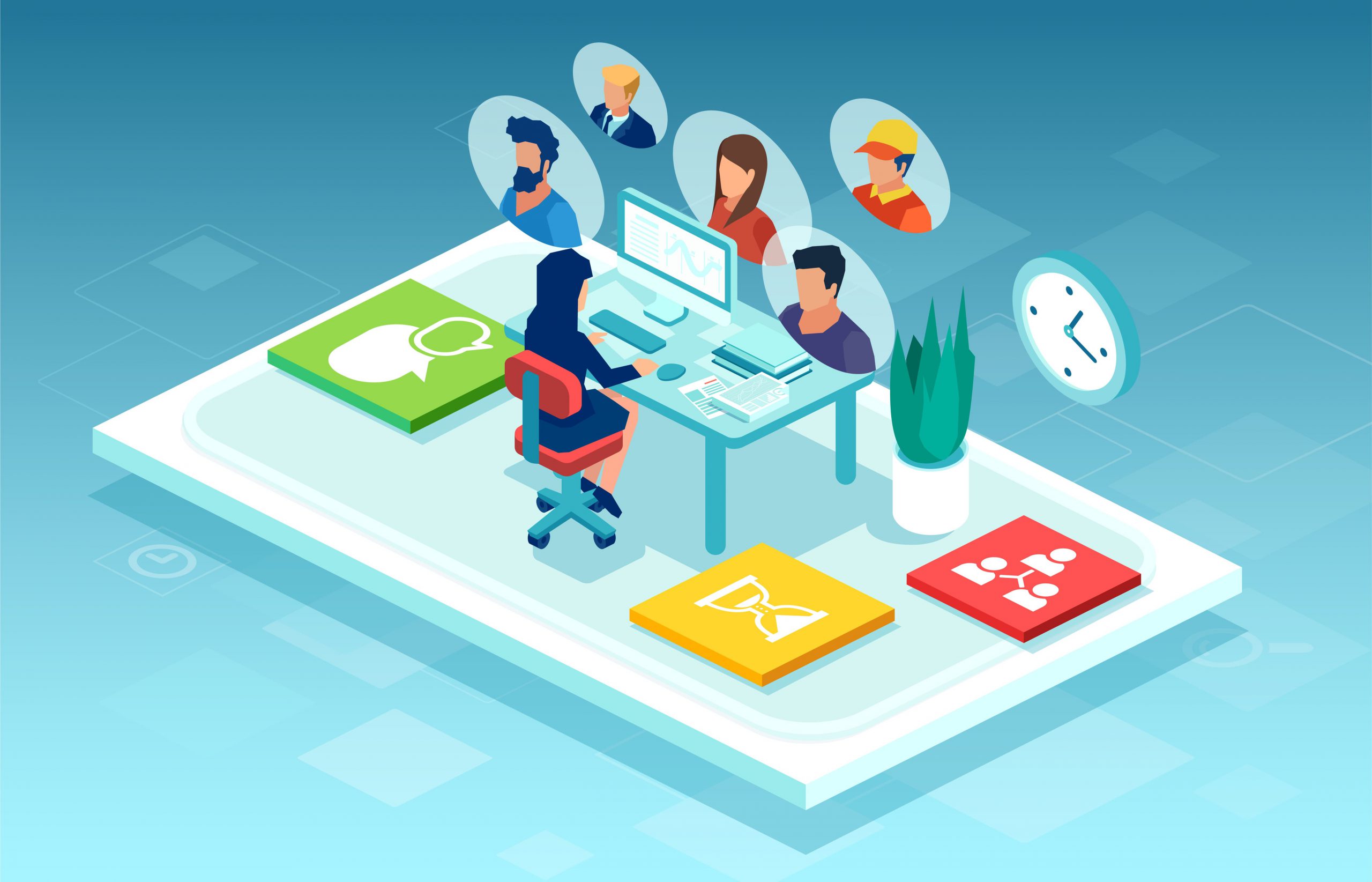Explore the Differences Between Using Purpose-Built Software vs. Video Conference Tools for Online Qualitative Research
In our everyday life, we often end up making do with things that are not perfect: a pair of jeans that are a bit too tight, a dishwasher that doesn’t leave the dishes spotless, a hose that keeps leaking. Usually, if these minor things are not fixed straight away, we get used to getting by. But when companies or individual professionals start putting up with the not-perfect tools for qualitative research, it tends to grow into a major issue that affects the results. In today’s blog, we’re looking at the differences between using purpose-built and generic video conferencing platforms.
First of all, “purpose-built” doesn’t necessarily mean complicated or not user-friendly. Modern solutions that offer high-quality products, like itracks Realtime, are always developed with users in mind, so don’t worry about having the need to spend hours and hours on training. What purpose-built really means is having a variety of functions that will only support your research, not hinder it. Do you remember the first time your dad or grandma got a new phone to replace their good old immortal Nokia? How reluctant they might have been at first, but how happy and excited they are now, having a chance to video call their kids, store hundreds of photos, and get in touch with friends from the past. That’s because new opportunities for using phones appeared and made it all possible. The same is true for online qual research platforms.
Video Conferencing Platforms
The platform that has boomed during the pandemic, Zoom, is very often used to run qualitative research projects. It definitely has its advantages, such as convenience and simplicity but at the same time, using this platform and any other generic video conferencing tool poses the following challenges:
- Difficulty connecting. According to the study “Using Zoom Videoconferencing for Qualitative Data Collection: Perceptions and Experiences of Researchers and Participants,” the majority of Zoom users (88%) experienced issues with joining their sessions. Whether they are related to a lack of familiarity with Zoom, their video camera or microphones, technical issues are always frustrating and may affect the research results. Zoom lacks any dedicated technical support to help users connect creating a distraction for the researchers.
- Call quality and reliability. When it comes to qualitative research, video and audio quality are extremely important. According to the study mentioned above, 25% of participants reported issues relating to video or audio quality during the interview including dropped calls, lost call connection, lag and muffling of audio.
- A separate platform is needed to document consent, collect demographic data, schedule participants, and manage communications
- Zoom uses research participant data for other purposes such as marketing and promotions and 3rd party advertising and this is stated in the privacy policy which creates challenges complying with the market research code of ethics.

Purpose-Built Platforms
While Zoom, Microsoft Teams, and other video conferencing tools saw a boom in 2020, they don’t offer a “one size fits all” solution, especially when engaging clients and participants, security and flexibility are so important for your projects. Today, it’s possible to use a “flagship” software for online qualitative research with no downloads and learning complicated features. For example, itracks Realtime is the tool that combines the best features from modern video conferencing products and has everything that qualitative research experts value:
Virtual Backroom: Your clients and stakeholders can observe the participants in the backroom without biasing the session. With extensive video and text messaging capabilities for observers, the industry finally has a true backroom!
Join our webinar on December 16th to discover how to enhance client experience using virtual backrooms!
Security: itracks Realtime is HIPAA and GDPR compliant. What’s more, you now have the option to store your data on different servers all across the globe, so you can choose the data storage location that works best for you. Research data is only used for the purposes of your research.
Unparalleled Audio & Video: Dual-channel audio gives you crystal clear sound, and a single feed recording for each individual participant means you don’t miss a single expression and have high-quality recordings.
No downloads: Connect via a secure website with no software to download or plugins to install. The software is intuitive and user-friendly, and we mean it.
Summing up, purpose-built software has multiple benefits and outweighs all the video conferencing platforms that have become a part of our everyday life over the last 18 months. Besides, depending on a particular qualitative research project you’re running, you might find more advantages specific to your research needs and requirements. On December 16th, we’re hosting a webinar where you’ll be able to learn more about delivering valuable insights and engaging clients in the research process. Click here to register and find out how improving client experience with the help of technology can positively impact client loyalty, referrals, and the business bottom line!
